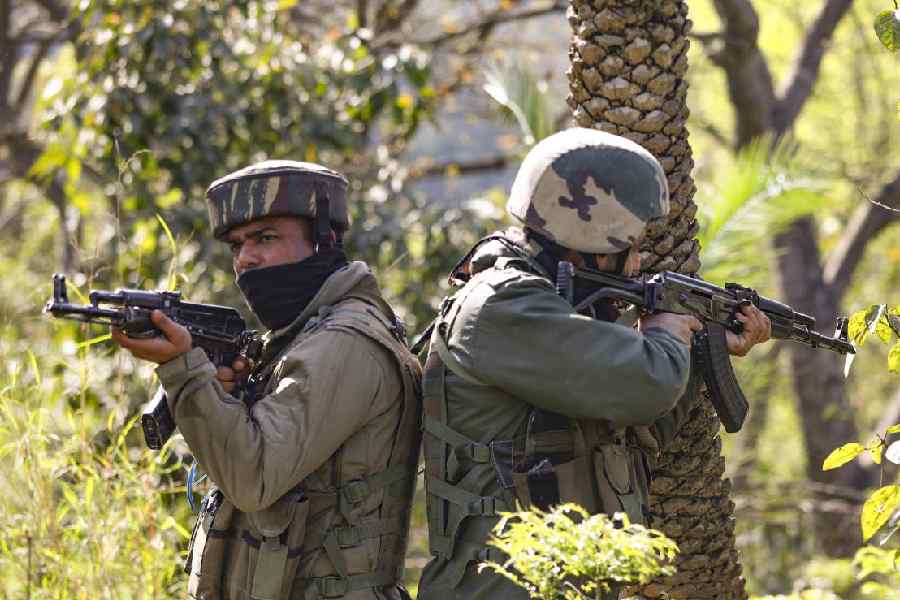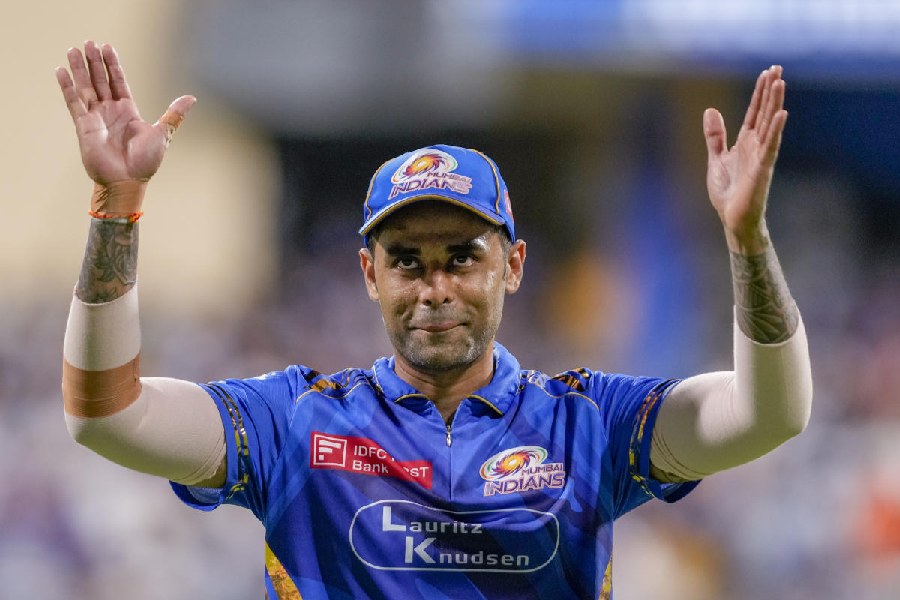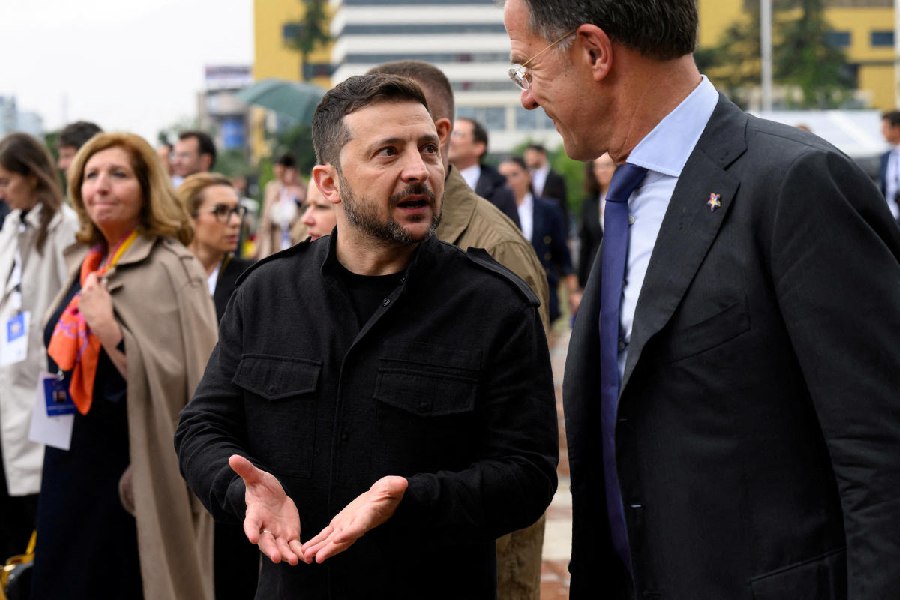
Reams have been written on the wisdom or otherwise of making euthanasia legal. India, like many countries around the world, has been firmly against allowing terminally ill people the right to put an end to their life. However, in the first official endorsement of the idea of 'passive euthanasia' - the withdrawal of life support to a terminally ill patient - last month the government said that while there was no plan to enact legislation, the Supreme Court's 2011 guidelines on the subject were binding on all.
Though active euthanasia by means of lethal injection has been ruled out by both the courts and the Government of India, up until now even passive euthanasia was a grey area. Even after several PILs and writ petitions, as late as July last year the attorney general declared, 'What is dignified death? Who decides when the process of death commences? What if tomorrow medical research finds a cure for a terminal disease? Can the court fathom the problems and abuse that could happen in far-flung places?'
But in a turnaround last month, the government at least in principle agreed to follow the guidelines laid down by the Supreme Court in the Aruna Shanbaug case. Pinki Virani, author of the book Aruna's Story, had petitioned the courts to end the life of Aruna Shanbaug, who was a nurse at the King Edward Memorial (KEM) Hospital in Mumbai. Shanbaug has been in a vegetative state since 1973 when she suffered severe brain damage and was paralysed after a brutal rape by a ward boy at the hospital. The ward boy, Sohan Lal Valmiki, had tried to strangle her with a dog chain after violating her. In her writ, Virani stated that Aruna 'is kept in a persistent vegetative state by the hospital authorities by feeding her mashed food, which she can hardly digest. She cannot speak, hear or see, there is no element of human life in her body'. Virani wanted the court to issue instructions to 'forthwith ensure that no food is fed to Ms Shanbaug'.
A Supreme Court bench of Justices Markandey Katju and Gyan Sudha Misra rejected Virani's petition, but for the first time laid down guidelines for passive euthanasia. The ruling said that a decision to discontinue life support should be taken either by the parent or the spouse or other close relatives, or in the absence of any of them, the decision can be taken by a person or a body of persons acting as a next friend. It can also be taken by the doctors attending to the patient. However, the decision taken should be bona fide and in the best interests of the patient. Second, it said that the decision requires the approval of the high court concerned. Third, that a high court bench of at least two judges should decide whether to grant approval to such a decision or not. The guidelines also laid down that the bench should nominate a committee of three reputed doctors who would give a report on the condition of the patient.
In their ruling, the judges said, 'If we leave it solely to the patient's relatives or to the doctors or the next friend to decide whether to withdraw life support to an incompetent person, there is always a risk in our country that this may be misused by some unscrupulous persons who wish to inherit or otherwise grab the property of the patient.'
Last July, Supreme Court lawyer and member of the NGO Common Cause, Prashant Bhushan, once again tried to rouse the government to act on the issue of euthanasia. His PIL led to the apex court issuing notices to all states seeking their response on the matter.
Apart from euthanasia, Bhushan's petition also includes the issue of 'living will'. As he explains, 'The issue is whether a person who has been afflicted by an illness, by which he has been rendered unconscious and, according to medical opinion, there is no hope of his revival, or he is in a permanent vegetative state has the right to give an advance directive or leave a will that he should not be kept alive by ventilators or by artificial means. And also that whether the doctors and other people are bound to follow his wishes. Related to that is the question of euthanasia - even if he has not expressed any such will, whether his near relatives can direct the hospital to withdraw his life support in such a situation.'
Dr Pankaj Chaturvedi, a professor and head and neck surgeon at the Tata Memorial Hospital in Mumbai, who briefed lawyer Prashant Bhushan on the PIL filed last year, says that he does not like the phrase passive euthanasia. 'That phrase should be abolished. I would say 'end-of-life care' is a better word.' He gives examples of end-of-life care cases. 'Suppose I have a lung cancer patient with metastasis (when the cancer spreads to other organs in the body) and he is not even able to breathe. Should the patient be allowed to die or should his or her relatives spend lakhs of rupees on him? Or, say, I have a patient who is in a very bad shape. We put him on a ventilator and after tests we realise that he has advanced lung cancer. He might live for another five days. The question then arises as to whether the family should exhaust all their resources and savings to keep the patient alive for a short while or discontinue treatment.'
Dr Chaturvedi says that if it is proven beyond doubt that there is no hope of survival, withdrawing life support should not be treated as an offence. It should not appear that the doctor is killing the patient. It is the disease that is killing the patient.'
Legions of supporters of euthanasia would agree.











